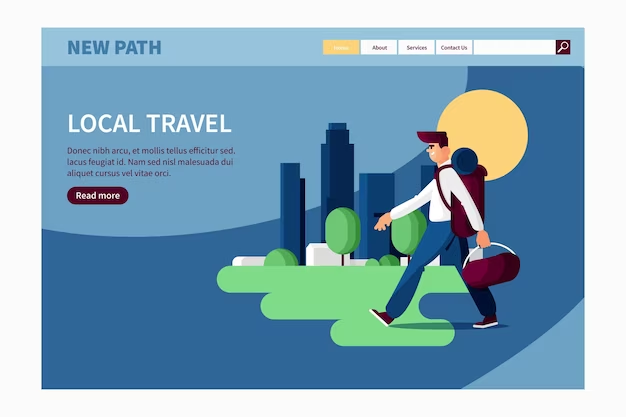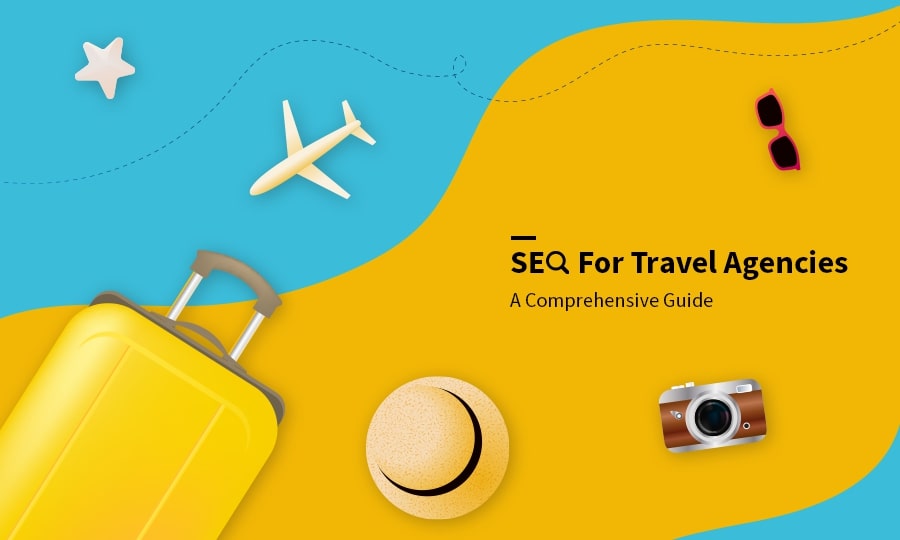
A well-designed and user-friendly website can significantly impact the decision-making process of potential travelers. In this blog, we will delve into practical strategies and best practices to enhance the user experience on travel websites, ultimately leading to increased engagement, conversions, and customer satisfaction.
Streamline Navigation
A cluttered and confusing website layout can quickly frustrate users, leading them to abandon the site. To improve UX, focus on simplifying the navigation process. Consider a clear and intuitive menu structure that categorizes information logically. Utilize drop-down menus, breadcrumbs, and search bars to assist users in finding relevant content effortlessly. Additionally, optimizing website speed and ensuring fast page loading times will contribute to a seamless navigation experience.
Responsive Design
In an era where users access websites through various devices, responsive design is non-negotiable. In that case, the best travel website provider offers the responsive design. Responsive design ensures that content is displayed optimally, regardless of whether users are accessing the site from a desktop, laptop, tablet, or smartphone. By providing a consistent and user-friendly experience across devices, you enhance accessibility and keep users engaged.
Engaging Visuals
Visual content plays a pivotal role in capturing users' attention and conveying the unique selling points of travel destinations. Incorporate high-quality images, videos, and interactive elements that showcase the beauty and allure of various locations. Implement an intuitive image gallery or slider to enable users to explore destinations visually. Furthermore, utilize imagery that represents diverse demographics to ensure inclusivity and resonate with a broader audience.
Personalization and Recommendations
Tailoring the user experience based on individual preferences can significantly enhance engagement and conversion rates. Leverage user data, such as past search history or preferences, to provide personalized recommendations for destinations, accommodations, or activities. Implement features that allow users to save their favorite places or create personalized itineraries. By offering relevant suggestions and a sense of personalization, you create a more immersive and enjoyable experience for users.
User Reviews and Ratings
User-generated content, such as reviews and ratings, instills trust and credibility in the minds of potential travelers. Incorporate a review section in the travel website design where users can share their experiences and rate various services. Implement a robust review moderation system to filter out spam and ensure authenticity. Encourage users to leave feedback by offering incentives or rewards, thus fostering a sense of community and reliability.
Seamless Booking Process
One of the critical factors in a travel website development is the ease and efficiency of the booking process. A complicated and convoluted booking system can lead to abandoned reservations. Simplify the booking process by reducing the number of steps, providing clear instructions, and offering a progress indicator. Implement a secure payment gateway and ensure that users can easily access and manage their bookings or reservations.
Localization and Multilingual Support
Traveling is a global phenomenon, and catering to diverse linguistic backgrounds is essential. Provide multilingual support by offering translations of essential content, such as destination descriptions, accommodation details, or booking instructions. Implement geolocation features to automatically detect users' locations and display relevant information, including currency conversion, local weather, or nearby attractions. By offering a localized experience, you eliminate language barriers and make users feel more comfortable.
Mobile Optimization
With the proliferation of smartphones, optimizing your travel website for mobile devices is no longer optional. Mobile optimization includes responsive design, fast loading times, and a simplified layout for smaller screens. Consider incorporating mobile-specific features such as click-to-call functionality for immediate assistance, location-based services, or mobile-exclusive offers. Prioritizing mobile optimization ensures that you capture the attention of travelers who prefer to plan and book trips on the go.
Creating a superior user experience is paramount for travel websites looking to thrive in a competitive market. By streamlining navigation, implementing responsive design, leveraging engaging visuals, and personalizing the experience, you can captivate users and foster trust. Additionally, facilitating seamless bookings, incorporating user reviews, and providing multilingual support are key elements to enhance satisfaction and encourage conversions. Remember, in the realm of travel website development, a user-centric approach is the key to success.

 Start your Travel Business with Our 7 Day Free Trial Website!
Start your Travel Business with Our 7 Day Free Trial Website!





